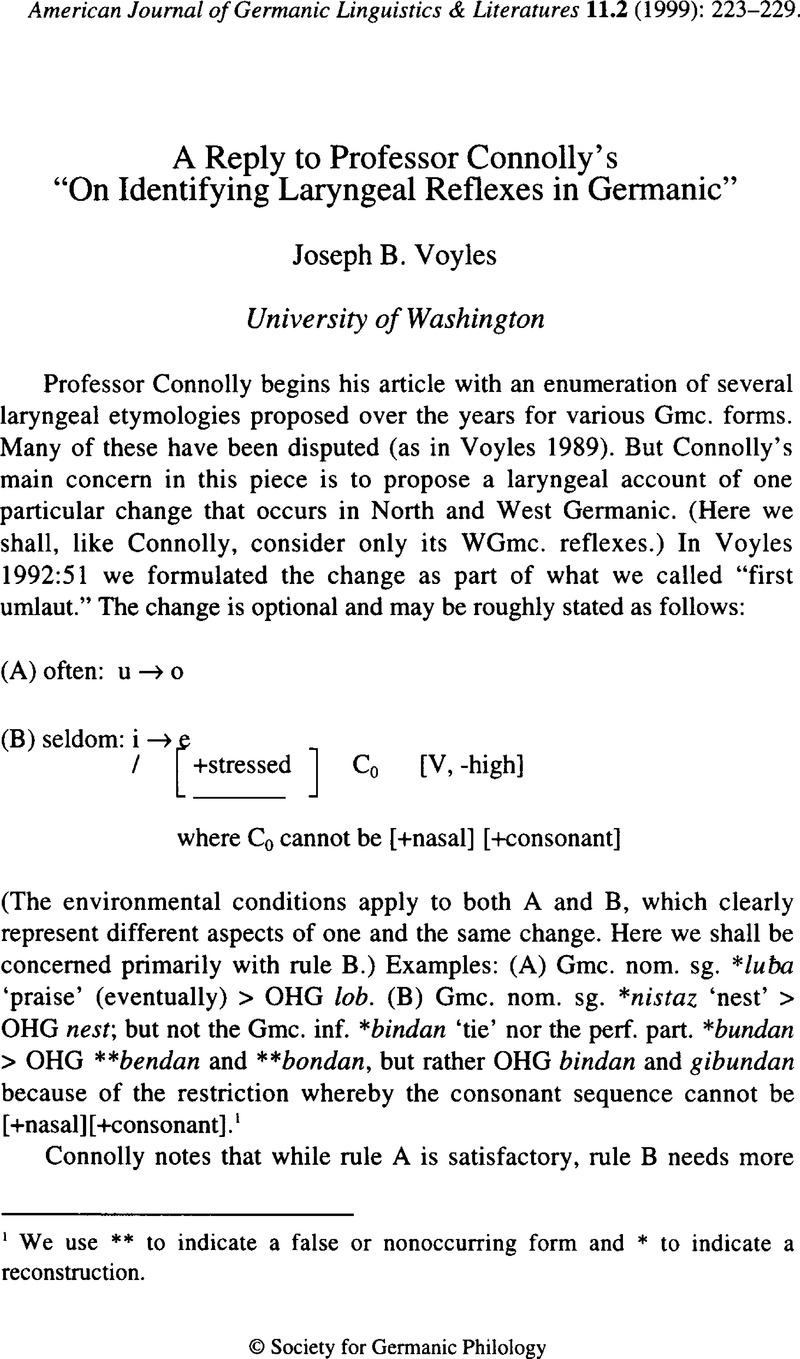Crossref Citations
This article has been cited by the following publications. This list is generated based on data provided by Crossref.
Kostakis, Andrew
2024.
The Phonology of Mid Vowels in Germanic Languages.
Journal of Germanic Linguistics,
Vol. 36,
Issue. 2,
p.
112.





